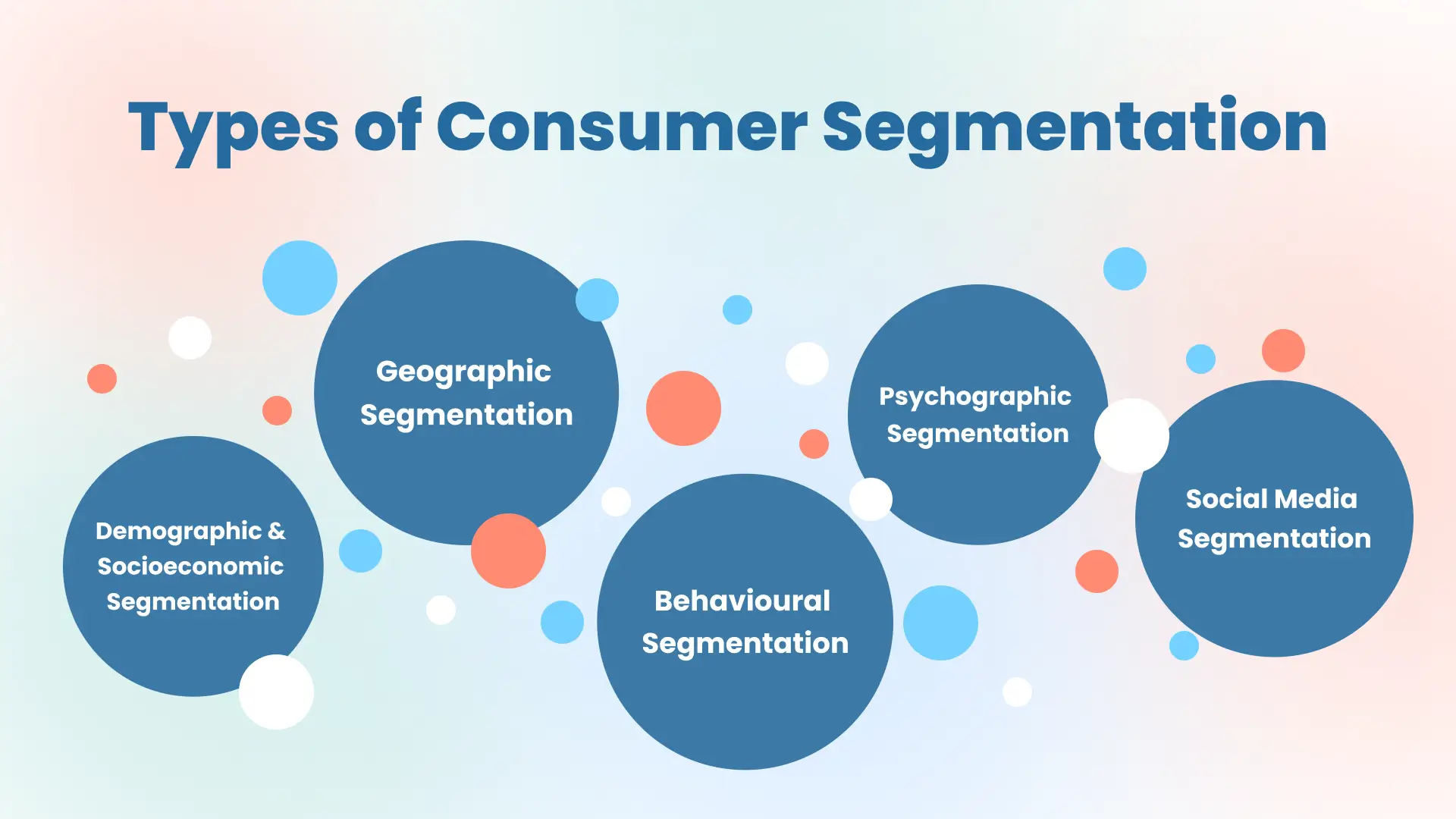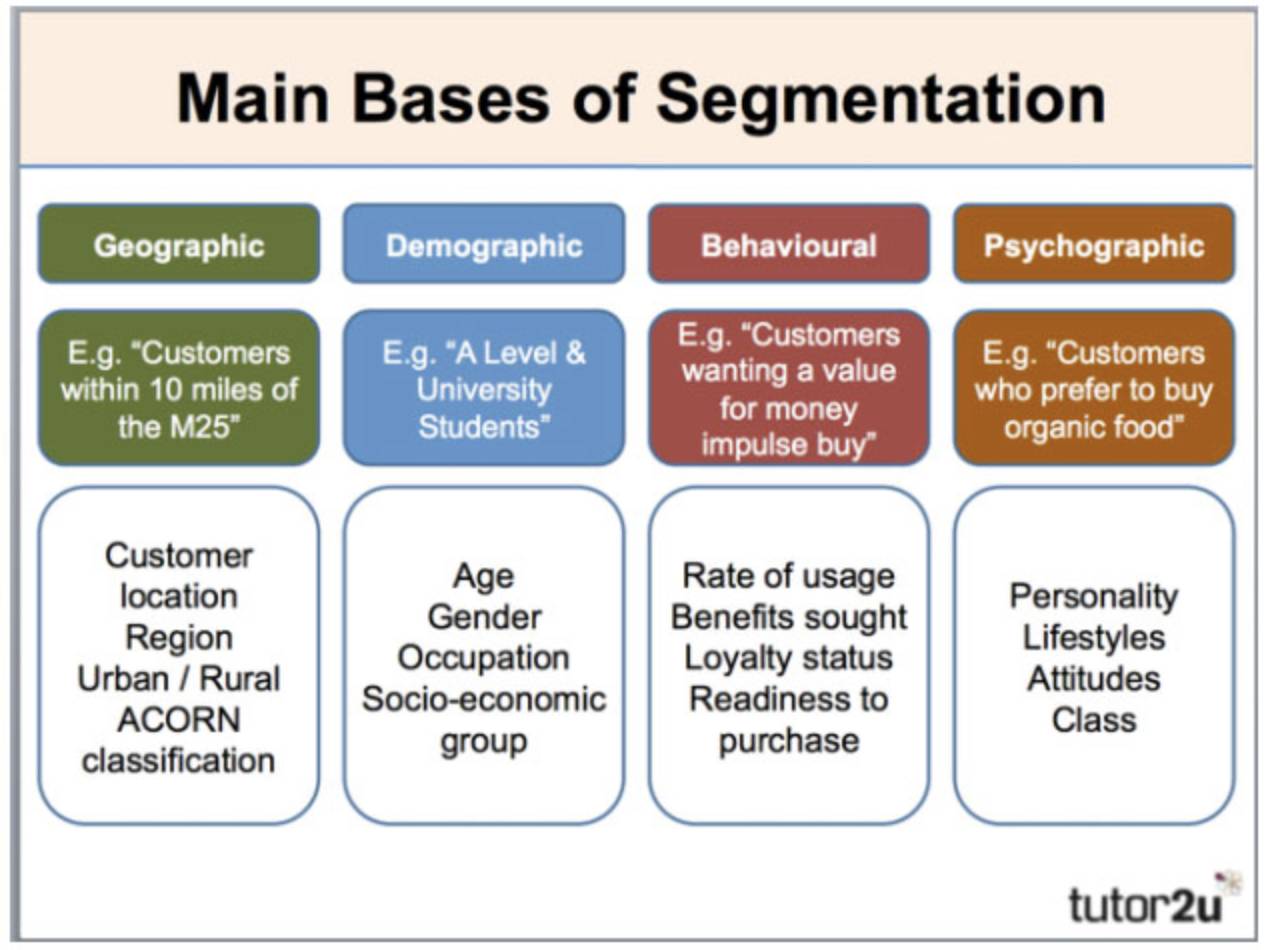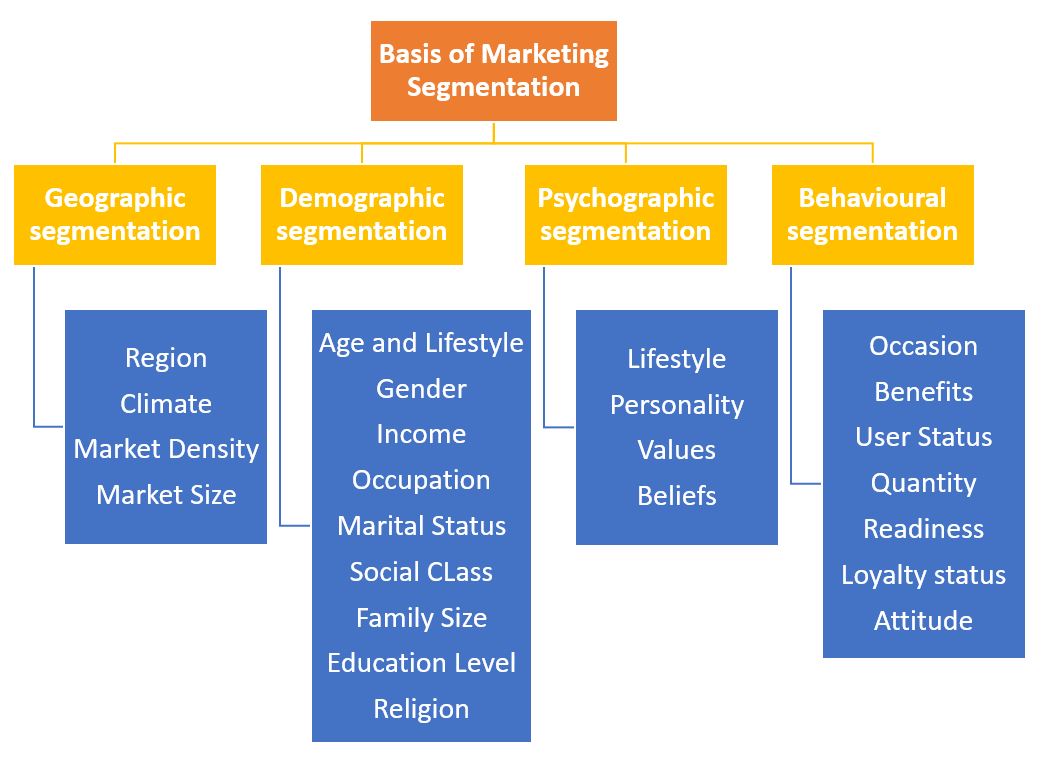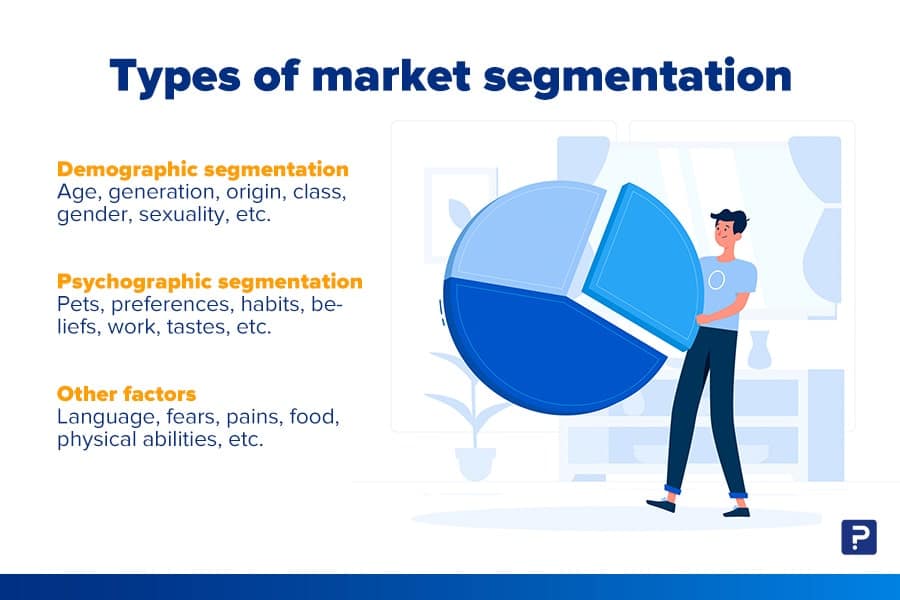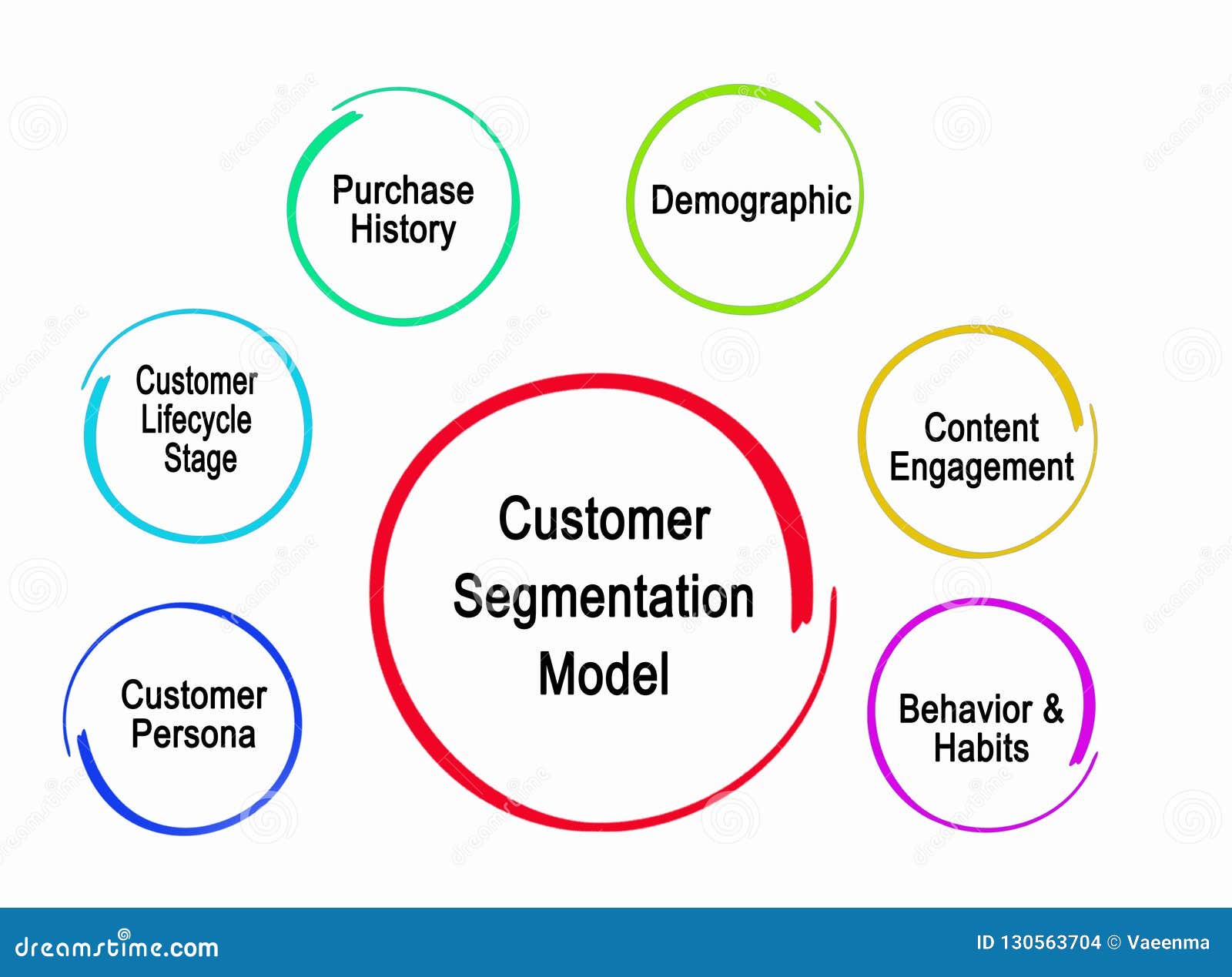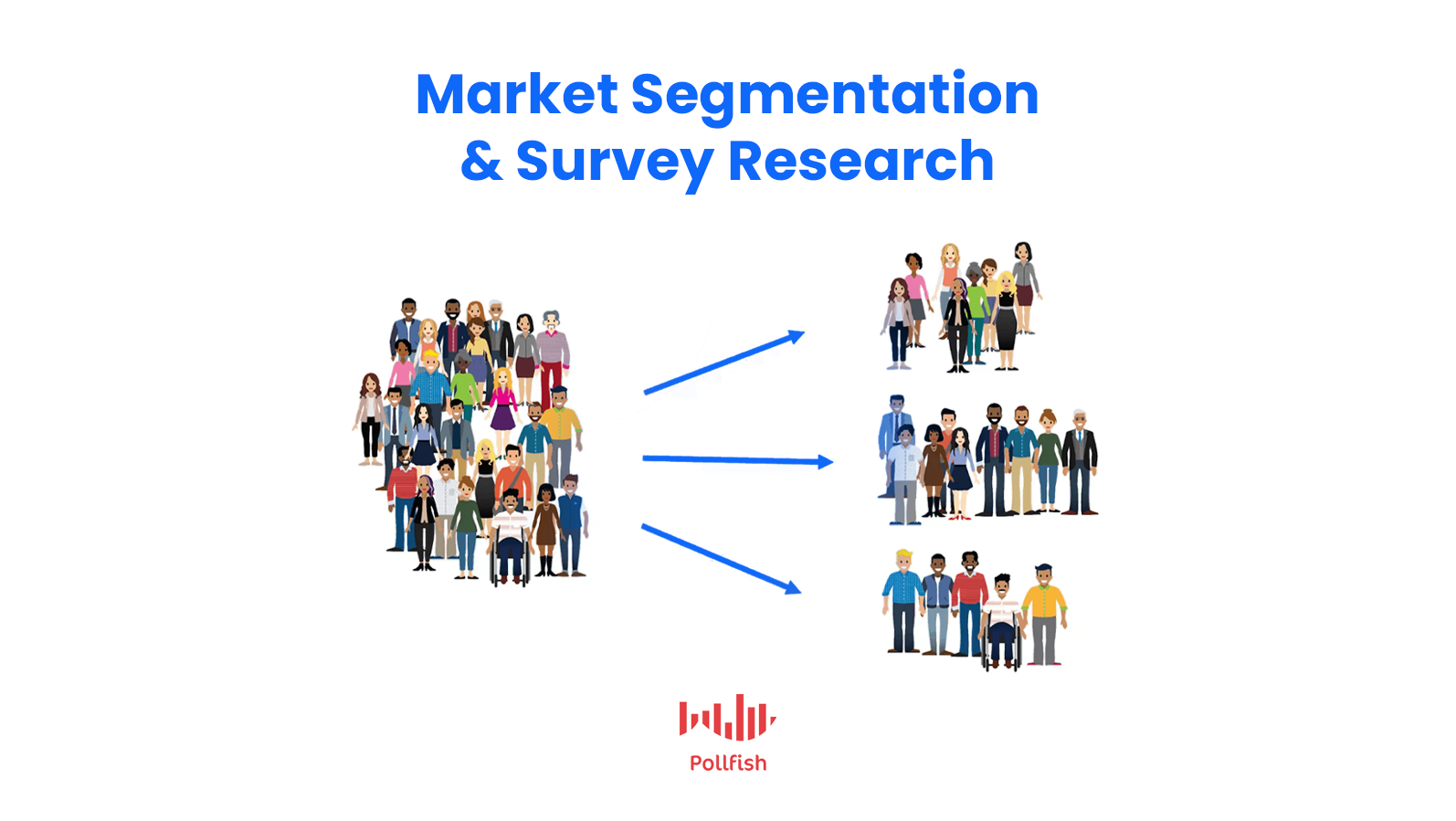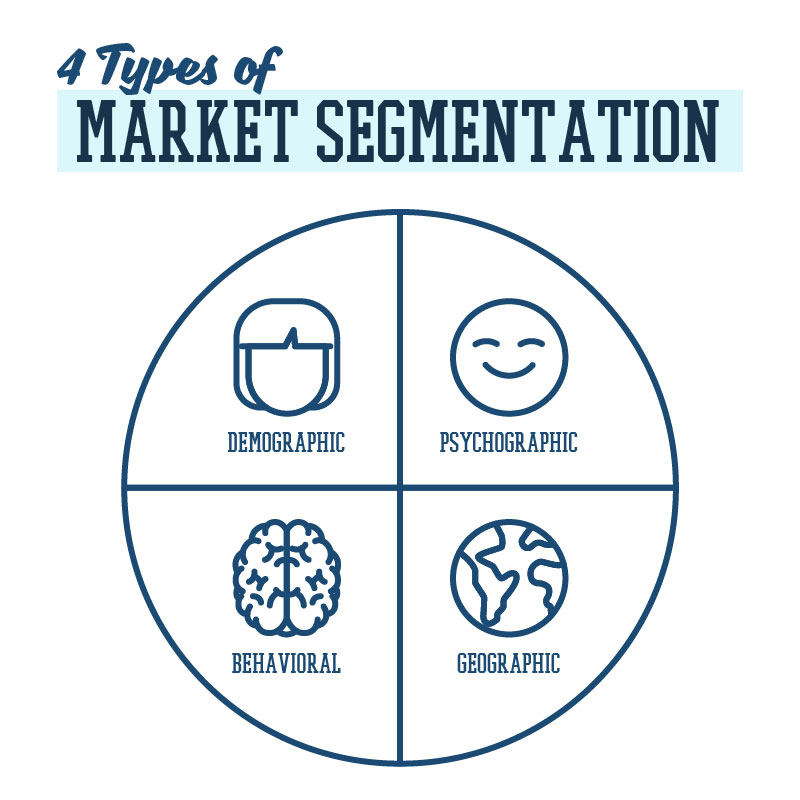Which Market Segment Anticipates A Customer's Needs
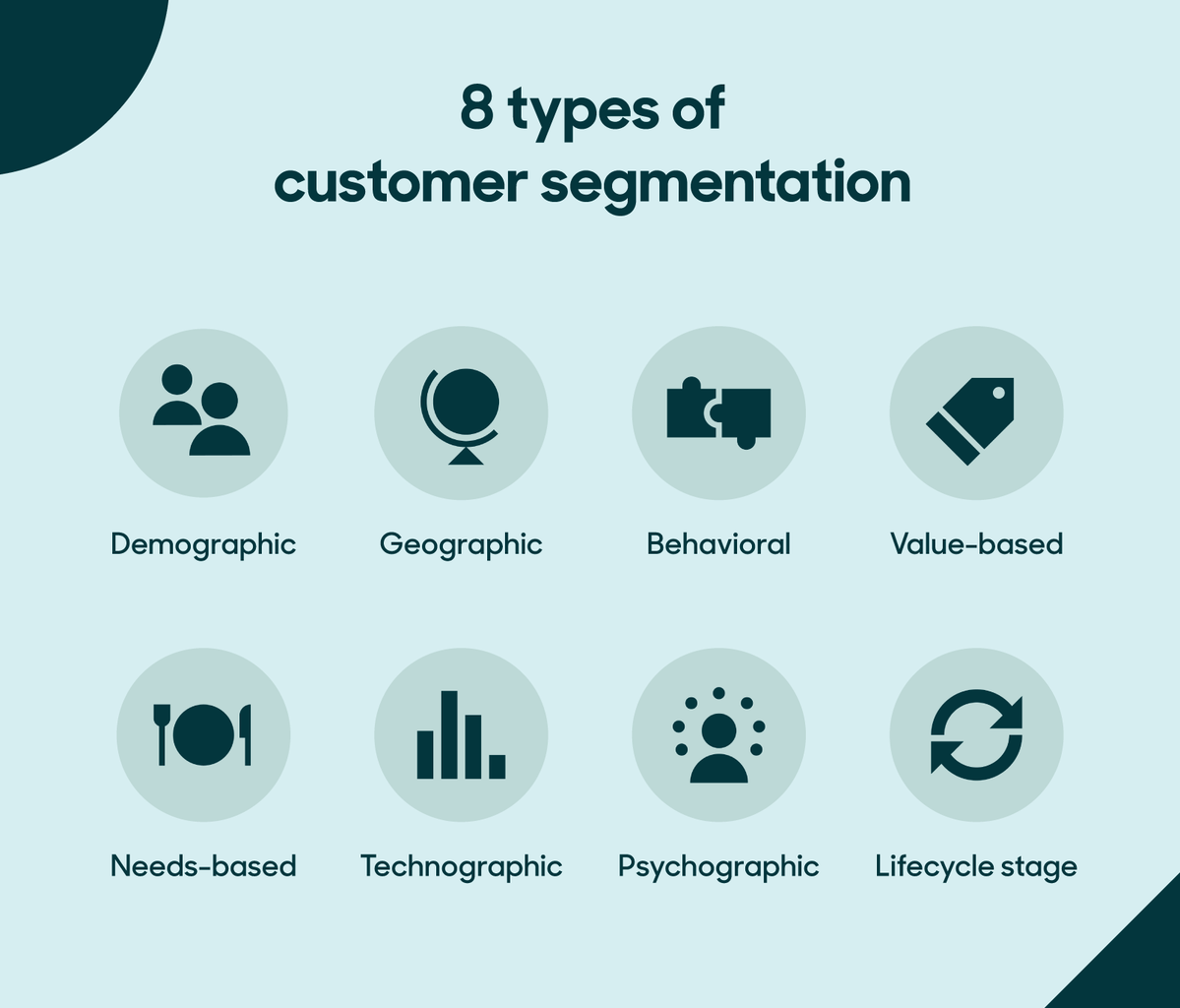
In today's hyper-competitive marketplace, businesses are constantly striving to gain an edge. The ability to not only meet customer demands but to anticipate them before they even arise has become the holy grail of marketing and customer relationship management. But which market segment is truly leading the charge in proactive customer anticipation, and what strategies are they employing to achieve this?
This article delves into the increasingly crucial role of data-driven customer experience in shaping proactive market strategies. It examines how specific segments, particularly those focused on technological innovation and personalized service, are leveraging advanced analytics and customer insights to predict and fulfill customer needs before they are explicitly expressed. We will explore the methods these segments use, the challenges they face, and the potential implications for the future of customer engagement.
The Rise of Predictive Customer Service
The traditional model of customer service, reactive and problem-focused, is rapidly becoming obsolete. Customers now expect seamless, personalized experiences, and they reward companies that proactively address their potential pain points.
This shift has paved the way for predictive customer service, which uses data analysis to anticipate customer needs and preemptively offer solutions. According to a 2023 report by Forrester Research, companies that excel at predictive service see a 15% increase in customer satisfaction scores compared to those that rely solely on reactive measures.
The Tech-Savvy Pioneers
The technology sector is arguably at the forefront of anticipating customer needs. Companies like Amazon and Netflix have mastered the art of personalized recommendations, suggesting products or content based on past behavior and preferences.
These recommendations are not just educated guesses; they are powered by sophisticated algorithms that analyze vast amounts of data, including browsing history, purchase patterns, and even social media activity. This data-driven approach allows these companies to identify potential needs that customers may not even be aware of themselves.
"Predictive analytics is no longer a luxury; it's a necessity for any company that wants to stay ahead of the curve," says Dr. Anya Sharma, a professor of marketing at Stanford University.
The fintech industry is also making strides in anticipating customer needs, particularly in areas such as fraud detection and financial planning. By monitoring transaction patterns and analyzing customer spending habits, companies can proactively identify and prevent potential financial risks.
The Personalized Service Advocates
While technology plays a vital role, the human touch remains crucial in anticipating customer needs, especially in industries that prioritize personalized service. The hospitality sector, for example, is increasingly using customer relationship management (CRM) systems to track guest preferences and proactively offer tailored services.
A luxury hotel might, for example, remember a guest's preferred type of pillow or dietary restrictions and proactively make arrangements to accommodate these preferences during their next stay. Ritz-Carlton is renowned for its commitment to anticipating guest needs, empowering its employees to go above and beyond to create memorable experiences.
Healthcare is another sector where personalized service and proactive care are becoming increasingly important. By analyzing patient data and monitoring health trends, healthcare providers can identify individuals at risk for certain conditions and proactively offer preventative care and educational resources.
Challenges and Limitations
Despite the potential benefits, anticipating customer needs is not without its challenges. Data privacy concerns are paramount, and companies must ensure that they are collecting and using customer data ethically and responsibly. The implementation of GDPR and other data privacy regulations has forced companies to be more transparent about their data collection practices and to obtain explicit consent from customers.
Moreover, relying solely on data can lead to inaccurate predictions and missed opportunities. It is important to balance data-driven insights with human intuition and empathy. Companies should also be aware of the potential for algorithmic bias, which can lead to discriminatory outcomes.
Another challenge is the need for continuous learning and adaptation. Customer needs and preferences are constantly evolving, and companies must be agile and responsive to these changes.
The Ethical Considerations
The line between anticipating needs and manipulating customers can be blurry. Companies must be mindful of the potential for exploitation and ensure that they are acting in the best interests of their customers.
Transparent communication is key. Customers should be informed about how their data is being used and given the option to opt out of personalized recommendations or targeted marketing campaigns. Trust is essential for building long-term customer relationships.
The Future of Customer Anticipation
The ability to anticipate customer needs will become even more crucial in the future. As technology continues to advance, companies will have access to even more data and more sophisticated analytical tools.
Artificial intelligence (AI) and machine learning will play an increasingly important role in predictive customer service. AI-powered chatbots, for example, can proactively engage with customers and offer assistance based on their browsing behavior or past interactions.
The metaverse and other immersive technologies will also create new opportunities for anticipating customer needs. By observing customer behavior in virtual environments, companies can gain valuable insights into their preferences and desires.
Ultimately, the companies that succeed in anticipating customer needs will be those that prioritize ethical practices, invest in data-driven insights, and maintain a human-centered approach. It's not just about predicting what customers want, but understanding why they want it and creating solutions that truly meet their needs.


